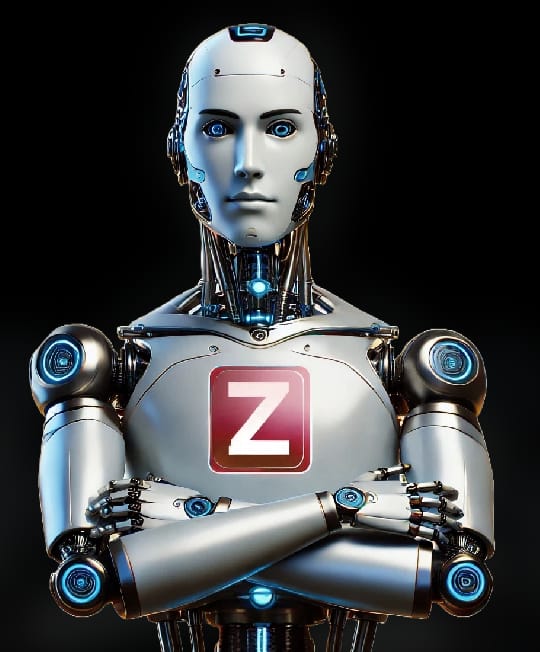Understanding Seasonal Marketing with AI
Seasonal marketing campaigns are a big part of how many businesses connect with their customers. Think about holiday sales, backtoschool promotions, or even campaigns around specific events like Valentine’s Day. These campaigns are designed to make the most of consumer interest during certain times of the year. For marketers, predicting how well these campaigns will do is often a guessing game. But what if there was a way to get a much clearer before you even launch?
That’s where artificial intelligence, or AI, comes in. AI isn’t just for scifi movies anymore; it’s a practical tool that can help marketers make smarter decisions. When we talk about using AI for seasonal marketing, we’re talking about using its ability to look at lots of past information and find patterns that humans might miss.
How AI Helps Predict Campaign Success
Imagine you have years of data from your past seasonal campaigns. This data might include things like when the campaign ran, what products were featured, what kind of ads you used, and, most importantly, how much revenue those campaigns brought in. Manually sifting through all that information to figure out what worked and what didn’t can be incredibly timeconsuming and still not give you clear answers.
AI can process this information very quickly. It can identify which elements of your past campaigns led to good results and which ones didn’t. For example, it might notice that campaigns launched two weeks before a holiday performed better than those launched one week prior. Or perhaps it finds that certain types of email subject lines always got higher open rates during specific seasons.
By learning from your historical data, AI can then make predictions about future campaigns. When you’re planning your next seasonal push, you can feed the AI details about your proposed campaign—like the planned launch date, the products you’ll promote, and the marketing channels you’ll use. The AI can then give you an estimate of how successful that campaign is likely to be. This kind of foresight is incredibly valuable.
Making Marketing Decisions Easier
One of the biggest benefits of using AI for seasonal marketing predictions is that it can help you make decisions with more confidence. Instead of just hoping a campaign will work, you have datadriven insights telling you its probable impact. This can help you:
- Allocate your budget better: If AI predicts a campaign will have a high return, you might decide to invest more in it. If it predicts a lower return, you might adjust your spending or even rethink the campaign altogether.
- Choose the right timing: AI can help you pinpoint the best dates to launch your seasonal promotions for maximum impact, based on historical consumer behavior.
- Select the best messages and offers: By analyzing past campaign content, AI can suggest what kind of messages, discounts, or product bundles are most likely to resonate with your audience during a specific season.
- Optimize your marketing channels: AI can show you which channels—like email, social media, or paid ads—have been most effective for seasonal campaigns in the past, helping you focus your efforts where they’ll do the most good.
RealWorld Applications
Think about a retail business preparing for the winter holiday season. They have a massive amount of products and many different ways to market them. Without AI, they might just repeat what they did last year, or make educated guesses based on general market trends.
With AI, they could input details about a potential “early bird” holiday sale in November versus a “lastminute” sale in December. The AI could then predict which one is likely to generate more sales based on past customer purchasing patterns and the success of similar campaigns. This allows the business to finetune their strategy, perhaps starting their main holiday push earlier than planned, or focusing more on specific product categories that AI predicts will be popular.
Another example could be a servicebased business, like a landscaping company. They have distinct busy seasons. AI could help them predict the effectiveness of a spring cleanup promotion launched in late winter versus early spring, considering factors like historical weather patterns and past customer signups. This helps them time their outreach perfectly to capture demand.
Getting Started with AI for Predictions
For marketers looking to use AI in this way, the first step is often to gather your data. The more clean, organized historical data you have about your past seasonal campaigns, the better AI can learn and make predictions. This includes sales figures, website traffic, conversion rates, email open rates, clickthrough rates, and details about the campaigns themselves (dates, offers, creative elements).
You don’t need to be a data scientist to start. Many marketing platforms and tools are now incorporating AI capabilities that are userfriendly. These tools often have builtin features that can analyze your data and provide predictive insights without requiring complex coding or deep technical knowledge.
The goal here is not to replace human marketers, but to give them a powerful assistant. AI can handle the heavy lifting of data analysis, freeing up marketers to focus on creativity, strategy, and building stronger connections with their customers. It helps turn what used to be a lot of guesswork into a more predictable and manageable part of your marketing plan, leading to better results with less effort.
